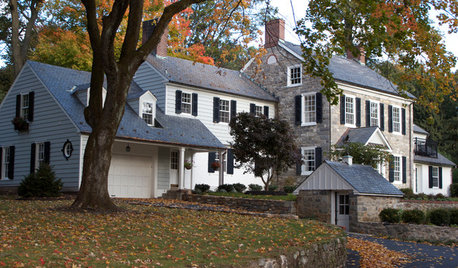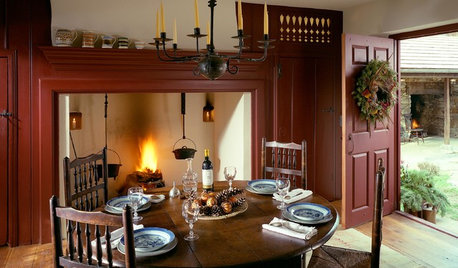temperature/time causing freeze injury
creekweb
13 years ago
Related Stories

GREEN BUILDINGThe Big Freeze: Inventors Break New Ground to Keep Things Cool
Old-fashioned fridges can be energy guzzlers, but there are more eco-friendly ways of keeping food fresh, as these global innovations show
Full Story
BASEMENTSDesign Workshop: Is It Time to Let Basements Become Extinct?
Costly and often unnecessary, basements may become obsolete — if they aren’t already. Here are responses to every reason to keep them around
Full Story
HOUSEKEEPINGIt’s Time to Clean Your Gutters — Here’s How
Follow these steps to care for your gutters so they can continue to protect your house
Full Story
ARCHITECTURETime-Tested, Low-Tech Ways to Cool a Home
People have been beating the heat around the world for centuries without plugging anything in. Could these ideas work for your home today?
Full Story
MOST POPULARA First-Time Buyer’s Guide to Home Maintenance
Take care of these tasks to avoid major home hassles, inefficiencies or unsightliness down the road
Full Story
HOUSEPLANTSGot Bright Light but Lack Spare Time? Try Ponytail Palm
This low-maintenance houseplant has an exotic look and a drought-tolerant nature. Just give it lots of sun
Full Story
GREAT HOME PROJECTSHow to Give Your Driveway and Front Walk More Curb Appeal
Prevent injuries and tire damage while making a great first impression by replacing or repairing front paths
Full Story
HOUSEKEEPINGOutdoor Home Prep to Do Before Hard Winter Hits
Avoid cracking, rusting and rotting during freezes by taking care of these tasks now
Full Story
FLOORSIs Radiant Heating or Cooling Right for You?
Questions to ask before you go for one of these temperature systems in your floors or walls (yes, walls)
Full Story
MONTHLY HOME CHECKLISTSTo-Dos: Your November Home Checklist
Give your home a festive holiday air without running out of steam, and stay safe and snug as temperatures drop
Full Story





foolishpleasure
gorgi
Related Professionals
Glendora Landscape Architects & Landscape Designers · Andover Landscape Contractors · Dallas Landscape Contractors · North Plainfield Landscape Contractors · Rosemount Landscape Contractors · East Norriton Landscape Contractors · Silver Firs Landscape Contractors · Palo Alto Decks, Patios & Outdoor Enclosures · Troy Decks, Patios & Outdoor Enclosures · Vandalia Decks, Patios & Outdoor Enclosures · Westford Decks, Patios & Outdoor Enclosures · Crofton Fence Contractors · Mays Chapel Fence Contractors · Meadow Woods Fence Contractors · Orange County Fence Contractorstapla (mid-Michigan, USDA z5b-6a)
creekwebOriginal Author
archon218
fredfig
ottawan_z5a
dieseler
sergnic
sergnic